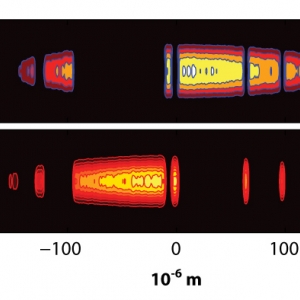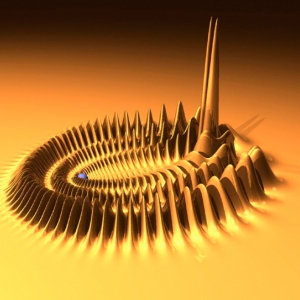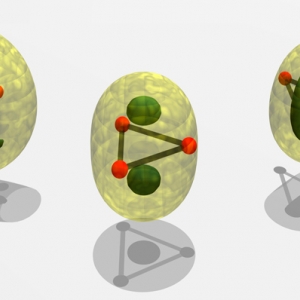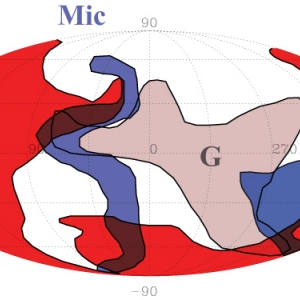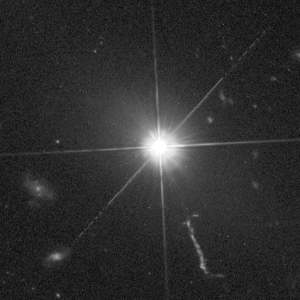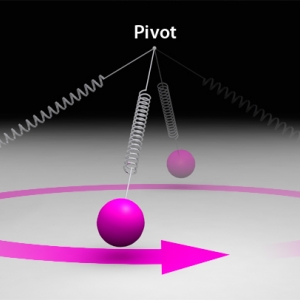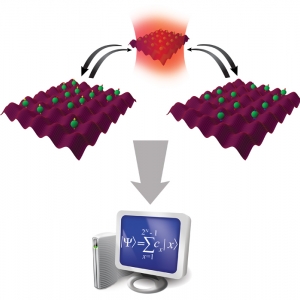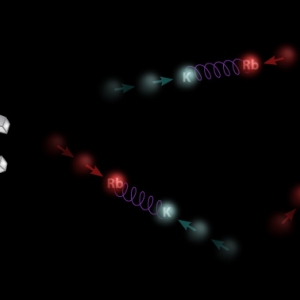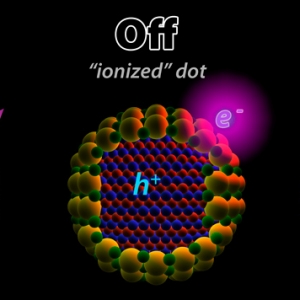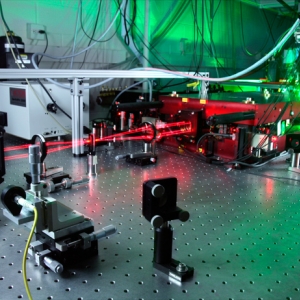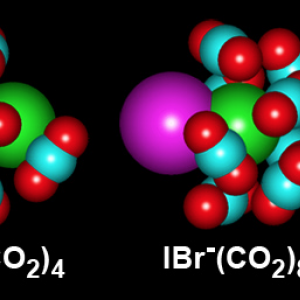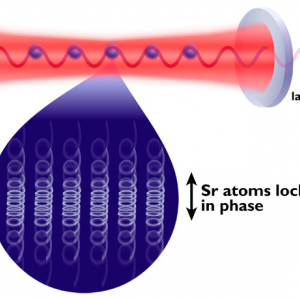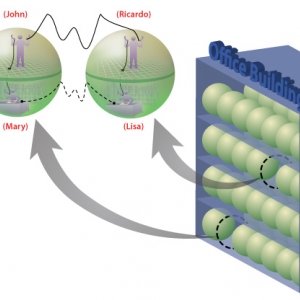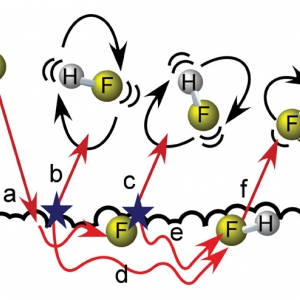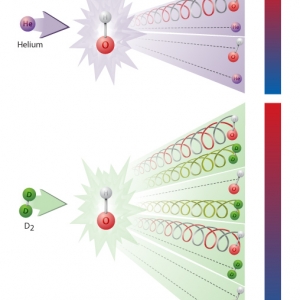Research Highlights
Displaying 381 - 400 of 507
Atomic & Molecular Physics
Fortune’s Bubbles Rise and Fall
Atomic & Molecular Physics
Extreme "Sheep" Herding
PI(s):
Chris Greene
Atomic & Molecular Physics
Rave Reviews for the Efimov Quartet
PI(s):
Chris Greene
Astrophysics
Cloud Tripping Through the Milky Way
PI(s):
Jeffrey Linsky
Astrophysics
Attack of the Blobs
PI(s):
Mitch Begelman
Atomic & Molecular Physics | Nanoscience
Holy Monodromy!
PI(s):
Heather Lewandowski
Chemical Physics
A Light Changing Experience
PI(s):
J. Mathias Weber
Astrophysics
Spinning Out Starspots
PI(s):
Juri Toomre
Laser Physics | Nanoscience | Precision Measurement
The Right Stuff
PI(s):
Jun Ye
Atomic & Molecular Physics
Free Association Tunes
PI(s):
Deborah Jin
Biophysics | Chemical Physics | Nanoscience
It Takes Two to Tango
PI(s):
David Nesbitt
Atomic & Molecular Physics
Altered States
PI(s):
John Bohn
Biophysics | Nanoscience
How to Marry a Microscope
PI(s):
Thomas Perkins
Laser Physics
Meet the JILA MONSTRs
PI(s):
Steven Cundiff | Ralph Jimenez
Chemical Physics
The Gas Menagerie
PI(s):
W. Carl Lineberger
Laser Physics
A Quantum Leap for Precision Lasers
PI(s):
Murray Holland | Jun Ye
Atomic & Molecular Physics | Chemical Physics
Collision Course
PI(s):
Chris Greene
Quantum Information Science & Technology
Qubits in Action
PI(s):
Ana Maria Rey
Biophysics | Chemical Physics | Nanoscience
Explosive Evidence
PI(s):
David Nesbitt
Nanoscience | Precision Measurement
Beams In Collision
PI(s):
Jun Ye




